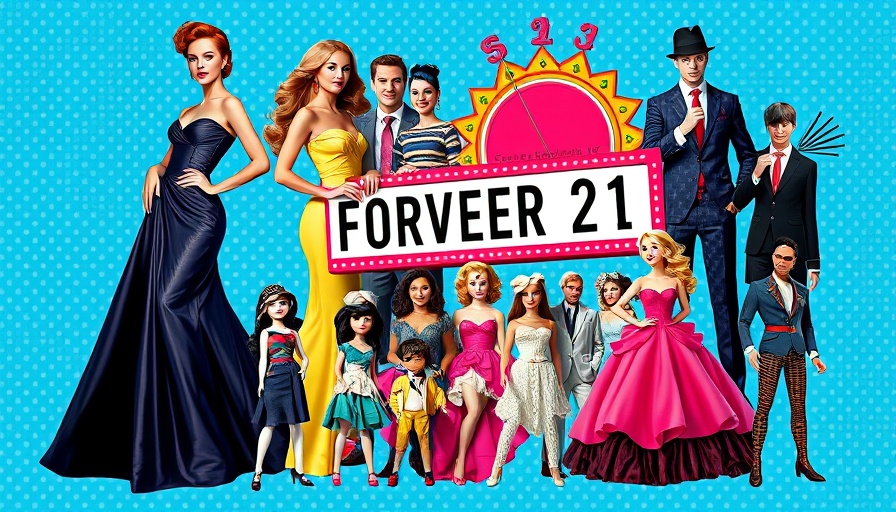
Exploring Love on the Spectrum: A Refreshing Perspective
The realm of reality television continues to expand, providing varied lenses into human experiences. One notable addition to this landscape is Love on the Spectrum, which captivates audiences by following the romantic pursuits of young adults on the autism spectrum. This show shines a light on a group often underrepresented in media, demonstrating that their desires for companionship and connection resonate deeply with viewers. Outlining their experiences, we witness moments that enhance our understanding of love, making the show a celebration of life in its true essence.
Breaking the Stereotypes: A Shift in Media Representation
Historically, individuals with autism have been misrepresented in the media, often depicted through a narrow lens that overlooks their multifaceted personalities. Love on the Spectrum stands in contrast, presenting its participants as relatable, complex individuals traversing the same challenges of romance and relationship as anyone else. By showcasing their vulnerabilities and triumphs, the show acts as a bridge, fostering empathy among viewers who may not share that experience.
Relating Through Awkwardness: Universal Themes of Romance
In reality television, moments of relatability are key to engaging audiences. The young adults in Love on the Spectrum experience the jitters of first dates and the anxiety of meeting new people—feelings universal to the human experience. One character, Connor, eloquently expresses the beauty of sharing 'excitements' with a potential partner. Such honest interactions remind us that the quest for love is a topic that transcends neurological differences, resonating with anyone who has ever felt the thrill or fear of falling for someone.
The Lesser-Known Reality Shows: A Mixed Bag
While Love on the Spectrum celebrates its subjects, another show featuring individuals with disabilities has stirred controversy. Unlike its counterpart, this show reflects poorly on its participants, often leaning into sensationalism rather than authentic exploration. This contrast raises questions about the responsibilities of producers in portraying marginalized communities and ensuring that representation is handled with care and respect.
Social Impact: Changing Narratives in Popular Culture
The presence of programs like Love on the Spectrum is significant as they challenge long-held stereotypes associated with autism. By putting the narratives of those on the spectrum into popular discourse, these shows carve out critical conversations around inclusivity and understanding. This shift is increasingly important in a cultural climate where representation matters immensely, particularly for individuals seeking connection and community.
Why This Matters: A Call to Cultivate Empathy
For the top wage earners in Philadelphia, understanding diverse perspectives can lead to meaningful contributions in personal and professional realms. Embracing narratives like those in Love on the Spectrum promotes a culture of empathy that is crucial for community growth. With changing societal norms framing our interactions, making room for such stories in our discussions is essential. It encourages depth in our relationships and fosters a spirit of inclusivity in all sectors of life.
In conclusion, Love on the Spectrum offers a nuanced view of autism that is worth your attention. Its value lies not just in entertainment but in the richer understanding of love, the complexity of relationships, and the importance of representation. As we navigate our own lives and connections, may we draw from these lessons to better empathize with those around us.
Actively pursuing deeper understanding and connection can help us contribute positively to our communities. Whether it’s through watching more diverse shows or engaging in discussions about representation, let's keep the conversation going.
 Add Row
Add Row  Add
Add 




Write A Comment